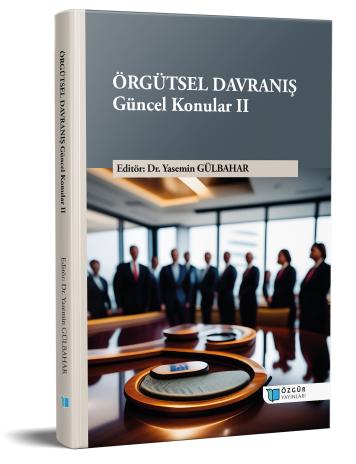
Örgütsel Davranış: Güncel Konular II
İndir
Özet
Her yaşam bir mimarın ürünü, bir sistemin parçası, bir resmin tamamlayıcısıdır. Tablodaki her bir dokunuş resmin tamamı için küçük ama bütünü için önemli bir görev yerine getirir. Tıpkı örgütsel yaşamda bir bireyin naçizane varlığının örgüt sistemindeki kelebek etkisi ile muazzam sonuçlara ulaşması ve bu küçük sistemin parçası olduğu daha büyük ve karmaşık sosyal ve ekonomik mimarideki etkisi gibi. Tablodaki küçük noktalar görünmeyebilir ama resimdeki katkısı hayranlık oluşturan bir şaheserdir.
Bu başyapıtın en temel unsuru olan bireyin örgütsel sistemdeki katkısı bu noktada yadsınamaz. Bireyin sergileyeceği her bir davranış resmin neye benzeyeceği konusunda fikir verir. Eser bir başyapıtta dönüşebileceği gibi tozlu raflarda yerini alacak bir hayal kırıklığına da dönüşebilir.
Bu kitap örgütsel davranışta güncel konuların devamı niteliğinde ortaya konulan ikinci çalışmadır ve “ÖRGÜTSEL DAVRANIŞ Güncel Konular” kitabı serisinin ikinci eseridir. Bu açıdan örgütsel davranış literatüründe yeni olan konuları kavramsal manada ortaya koyma kapsamında devam niteliğinde bir çalışmadır. Kitap araştırmacı ve yenilikçi akademisyen bölüm yazarlarının teorik sunum ve katkılarını kavramsal ve mesleki deneyim süzgecinden geçirerek ortaya koymaktadır.
Kitap uzun soluklu ve titiz bir emeğin ürünüdür. Örgütsel yaşamı araştıran ve yönetenlere, ayrıca soluyanlara bu kıymetli eserin katkı sağlaması dileğiyle,
Dr. Yasemin GÜLBAHAR
ANKARA, 2023

